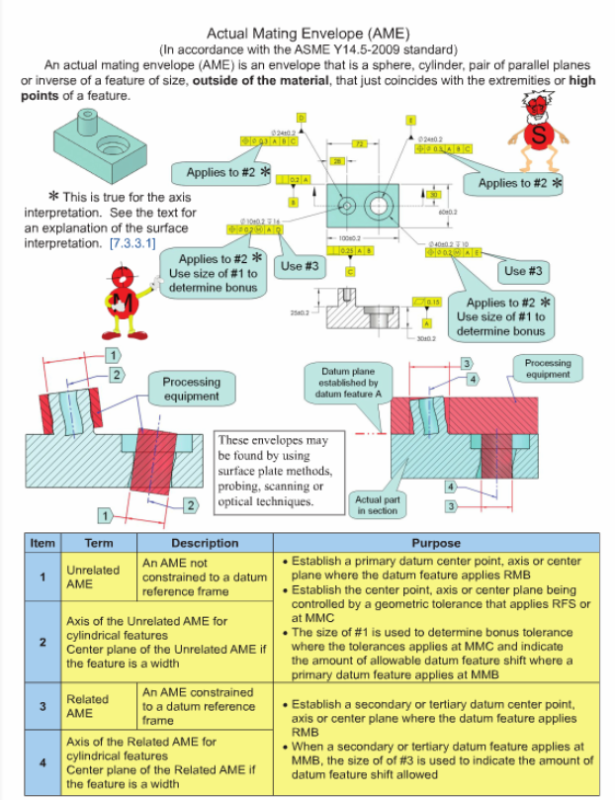gabimo
Mechanical
- May 2, 2013
- 124
Is the surface interpretation taking precedence over the axis interpretation for features of size with no modifiers in the positional callout?
In other words, a hole positional callout RFS, does it have two interpretations, surface versus axis. So, if the actual surface of the hole does not violate the inner boundary (MMC minus geometric tolerance) the part is considered good even the axis of the unrelated actual mating envelope is outside the positional tolerance zone.
Am I correct?
In other words, a hole positional callout RFS, does it have two interpretations, surface versus axis. So, if the actual surface of the hole does not violate the inner boundary (MMC minus geometric tolerance) the part is considered good even the axis of the unrelated actual mating envelope is outside the positional tolerance zone.
Am I correct?


![[bigsmile] [bigsmile] [bigsmile]](/data/assets/smilies/bigsmile.gif)